Experience Urad Dal
the Unrivaled Quality, Direct Farmer Sourcing, Abundant Benefits, Ingredients, and Daily Delights of Bundelkhand’s Organic . Urad Dal![]()
![]()
![]()
![]()
![]()
![]()
Bundelkhand’s Saboot Urad Dal: Earth-Grown Strength with Deep Cultural Roots
Introduction
In the rugged terrains of Bundelkhand, where agriculture is a battle of resilience and harmony with nature, grows a legume that embodies strength—Saboot Urad Dal (Whole Black Gram).
This pulse, known for its bold flavor, dark skin, and dense nutrition, is a pillar of Bundelkhand’s rural cuisine and heritage farming. Grown without chemical fertilizers and harvested through labor-intensive methods, Bundelkhandi Urad Dal is a pure gift from the earth—untouched, wholesome, and time-tested.
Bundelkhand: The Ideal Land for Urad Cultivation
Naturally Suited for Dry Climates
Saboot Urad thrives in the hot, semi-arid lands of Bundelkhand:
-
Short growing season – perfect for rain-fed farming
-
Hardy root system – tolerates poor, rocky soil
-
Restores soil nitrogen – improves farm fertility
-
Minimal water requirement – no irrigation needed
In districts like Chhatarpur, Tikamgarh, and Banda, Urad is a staple kharif crop often grown between monsoons and wheat cycles.
A Traditional Staple in Bundelkhandi Kitchens
Rich Culinary Legacy
Urad Dal has been used in ceremonial meals, daily cooking, and Ayurvedic remedies for centuries. Common traditional dishes include:
-
Urad Dal Khichdi – made with rice and local spices for strength
-
Dal Poori Filling – spiced urad dal mashed inside fried wheat breads
-
Bundelkhandi Urad Pakodi – crispy fritters for monsoon days
-
Badiyan (Dried Urad Dumplings) – sun-dried for year-round use
-
Panchmel Dal – mixed with moong and chana for festive occasions
Families in Bundelkhand soak and grind Urad into pastes for idli/dosa-style ferments, showcasing its culinary adaptability.
Nutritional Powerhouse: Dense, Hearty & Healing
What Makes Saboot Urad So Nutritious?
Per 100g (raw):
-
Protein: 24–26g
-
Fiber: 18–20g
-
Calcium: ~150mg
-
Iron: ~7mg
-
Magnesium, potassium, and phosphorus-rich
-
Low glycemic index – suitable for diabetics
Health Benefits
-
Promotes muscle growth and recovery
-
Supports bone and joint strength
-
Improves digestion and gut health
-
Aids in iron absorption and anemia prevention
-
Boosts reproductive and hormonal balance, especially for women
In Ayurveda, Urad is considered a “tamasik” food that builds strength and stamina, especially during winter and post-illness recovery.
Grown by Generations, Without Chemicals
Traditional, Ethical Farming
Urad in Bundelkhand is grown by smallholder farmers, often passed down through multi-generational knowledge:
-
No chemical fertilizers or GM seeds
-
Enriched with compost, cow dung, and ash
-
Hand-harvested and sun-dried under village supervision
-
No polishing or bleaching—just pure, earthy pulses
Empowering Women Through Processing
Post-harvest, the dal is:
-
Sorted by hand, ensuring purity and uniformity
-
Cleaned by women-led SHGs, promoting rural employment
-
Packed locally, preserving both nutrition and community dignity
How to Use Bundelkhandi Saboot Urad in Modern Cooking
Culinary Tips & Uses
-
Soak 6–8 hours before cooking for better digestibility
-
Can be pressure-cooked whole or ground into pastes
-
Great in soups, dals, tikkis, pakoras, pancakes
-
Use for fermenting batters or thickening curries naturally
Its creamy texture makes it a go-to pulse in vegan and vegetarian high-protein diets.
Why Choose Bundelkhand’s Saboot Urad Dal?
-
✅ 100% Natural, Unpolished, and Indigenous
-
✅ Organically grown by small farmers
-
✅ High in Protein, Iron, and Calcium
-
✅ Zero Chemicals or Artificial Processing
-
✅ Empowers Local Women and Rural Economy
-
✅ Ideal for Daily Cooking and Ayurvedic Diets
Conclusion: The Pulse of Tradition and Strength
Bundelkhand’s Saboot Urad Dal is not just food—it’s a deep-rooted connection to land, legacy, and nourishment born of hardship and tradition.
In every spoonful, you taste not only a pulse, but a story—of farmers working with the seasons, women preserving purity, and an entire region staying true to its roots.

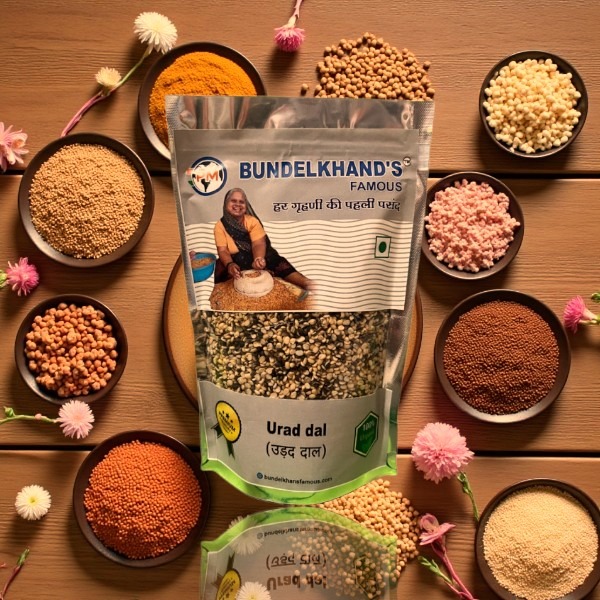
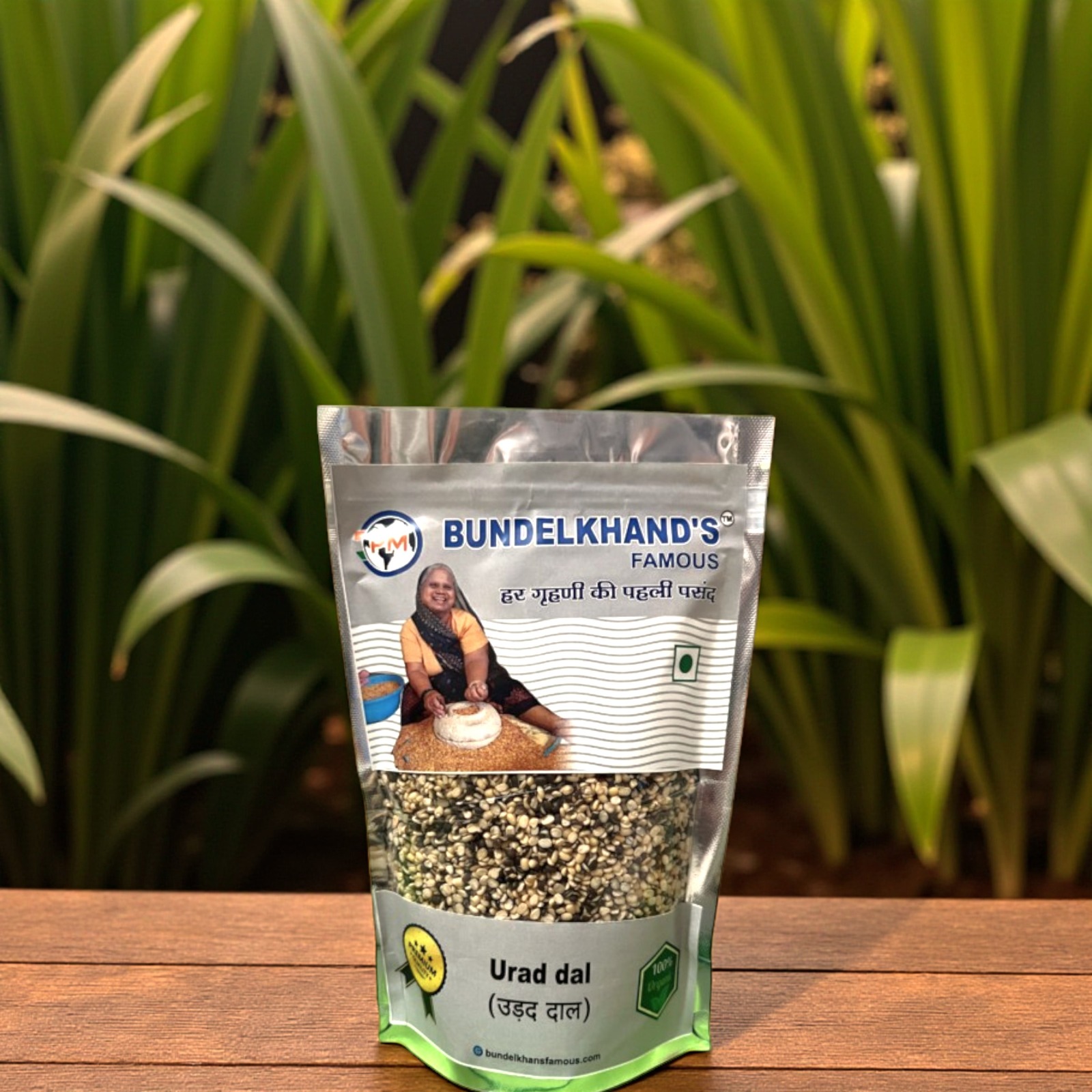
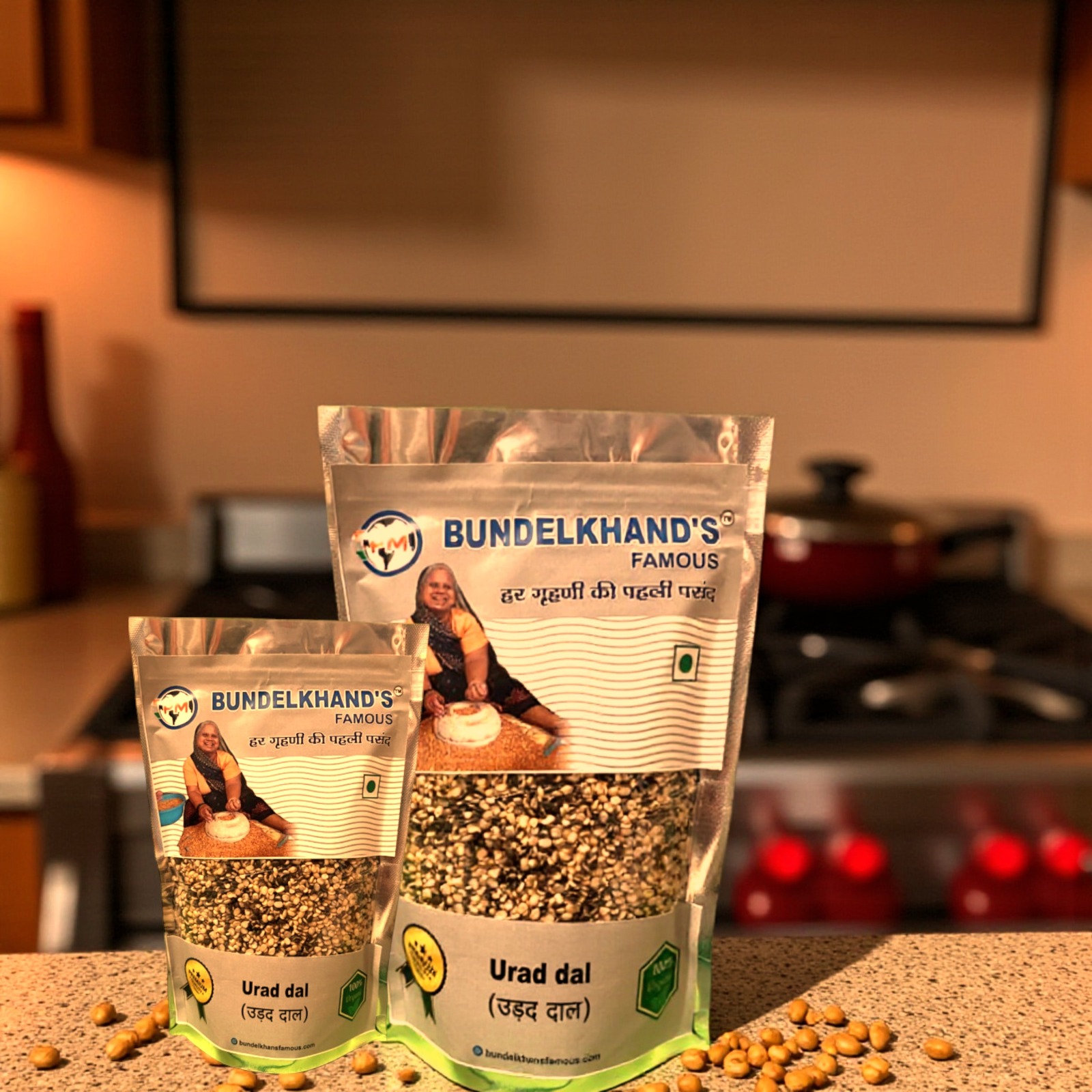
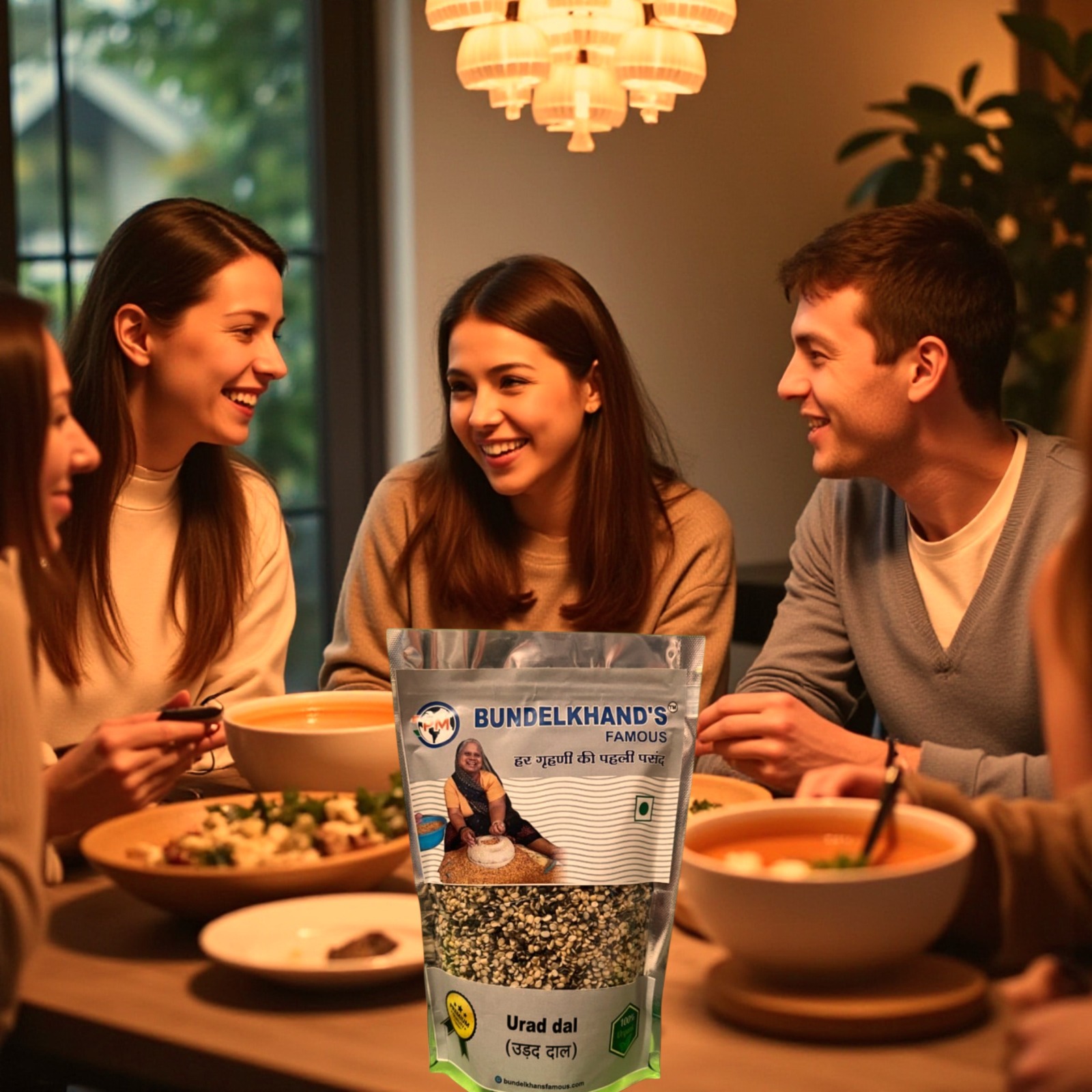
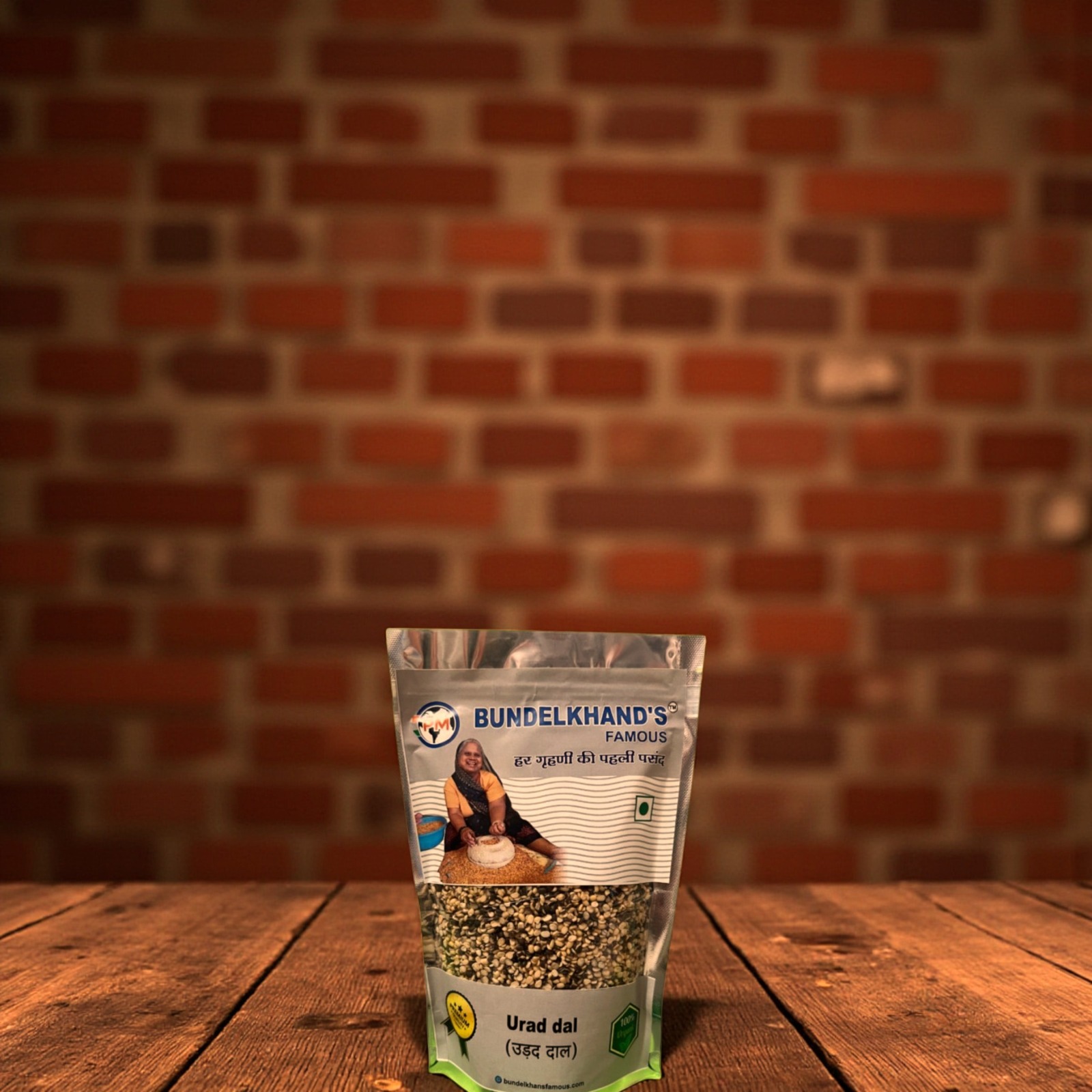
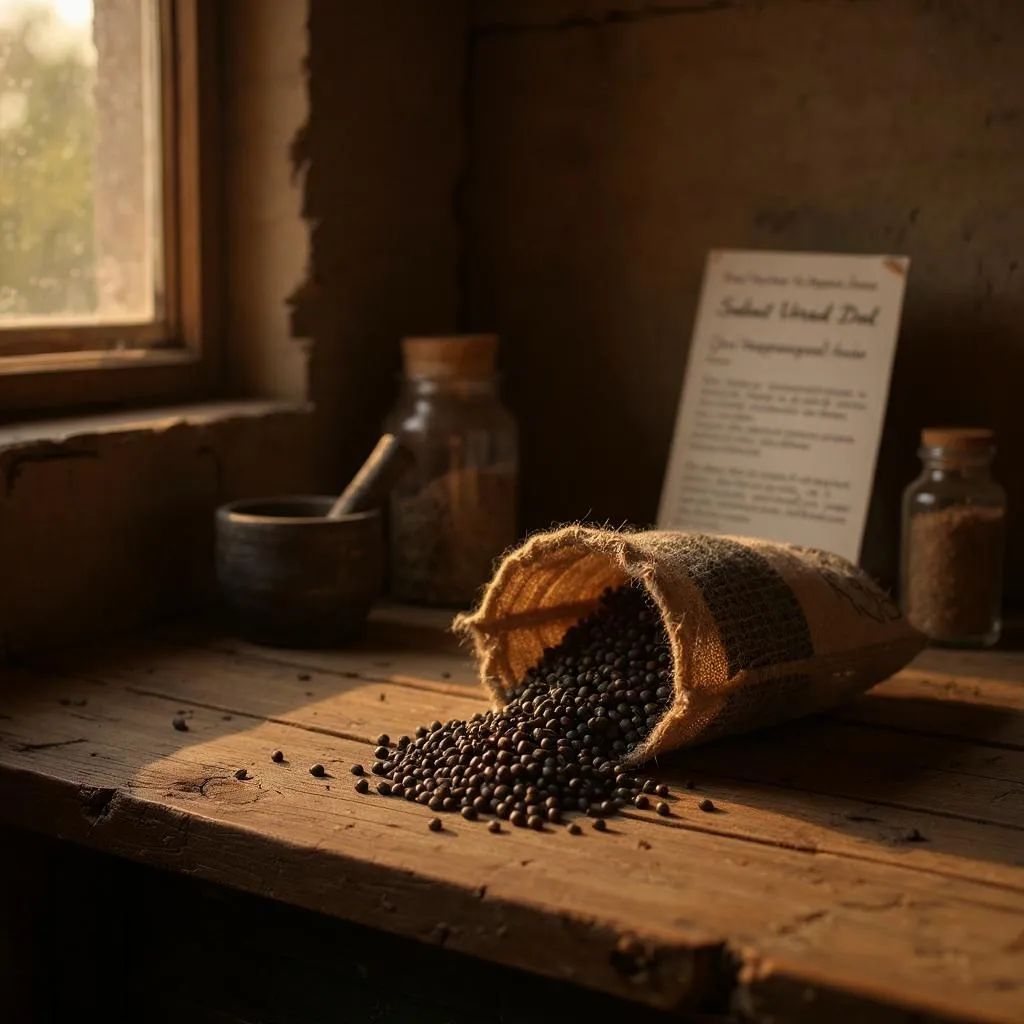
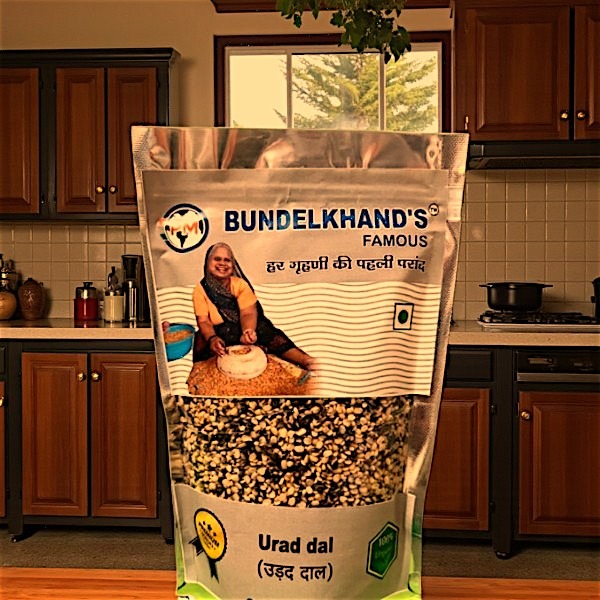
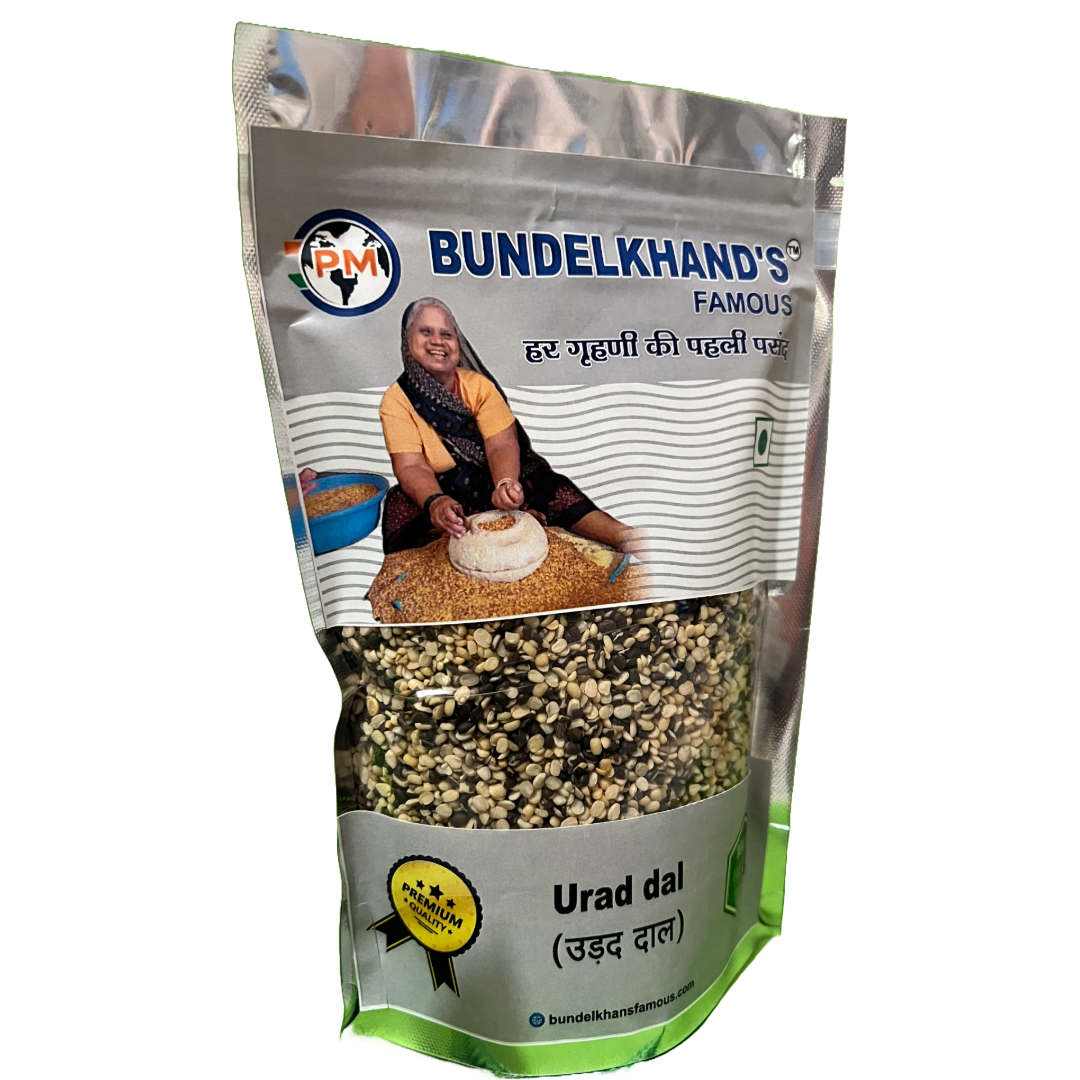
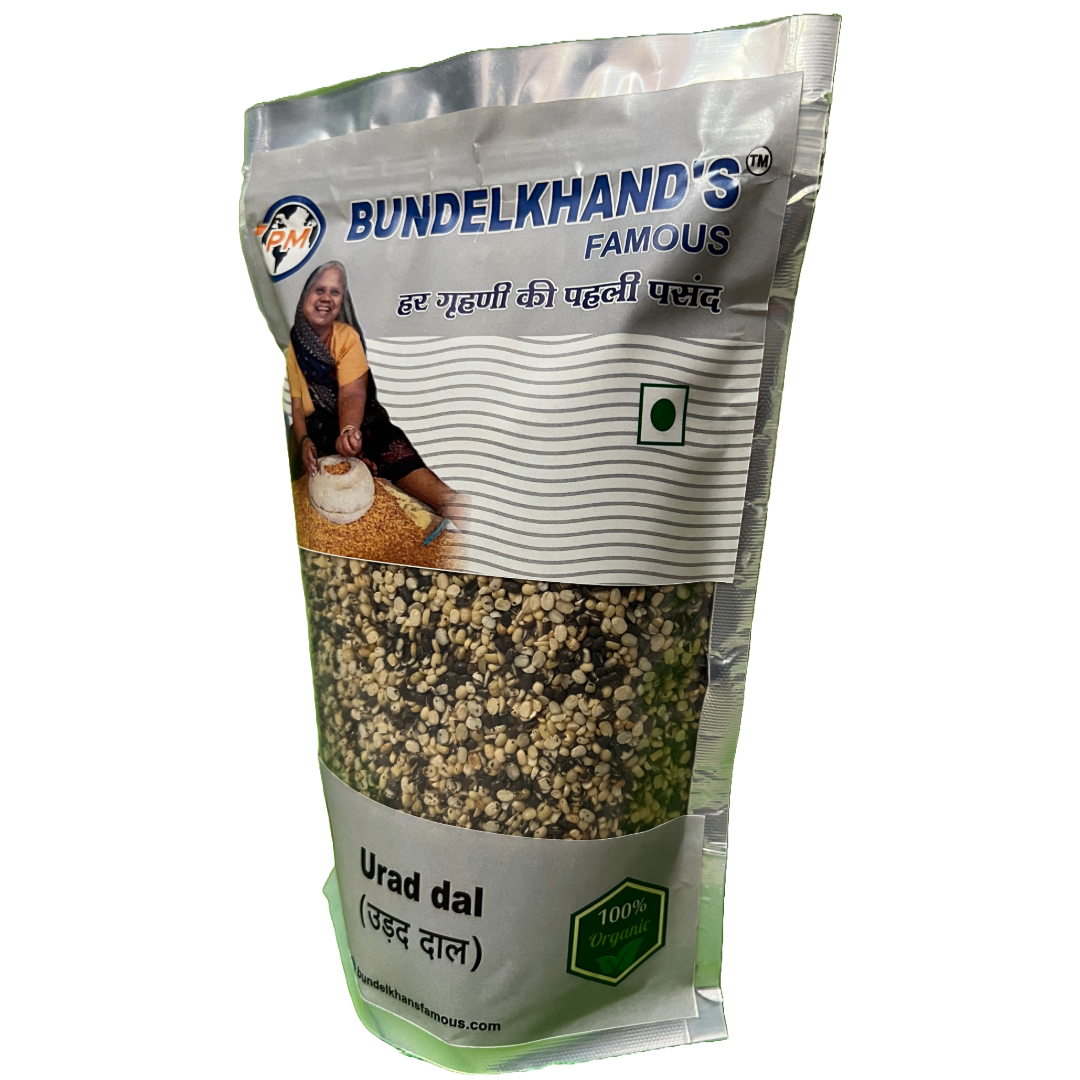
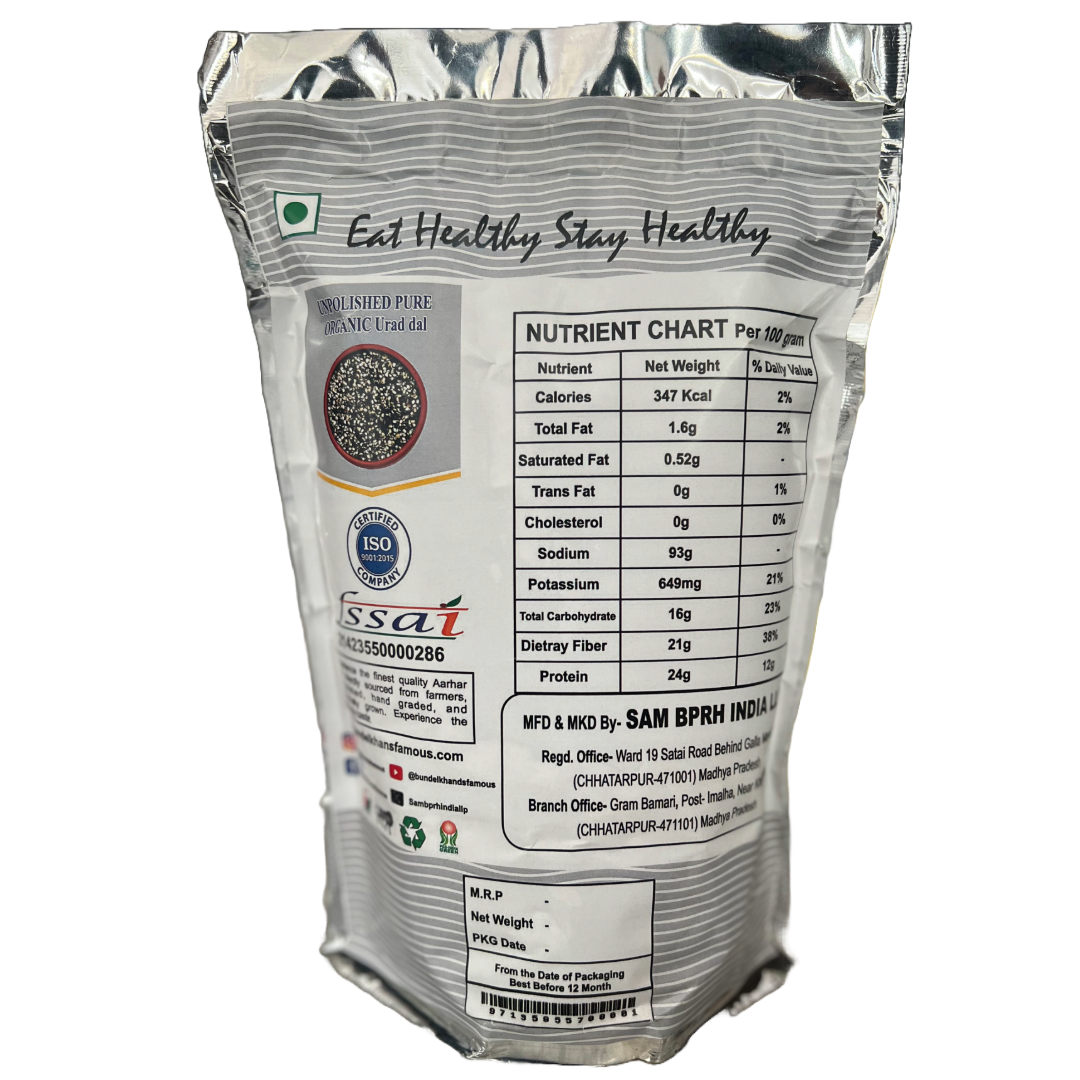
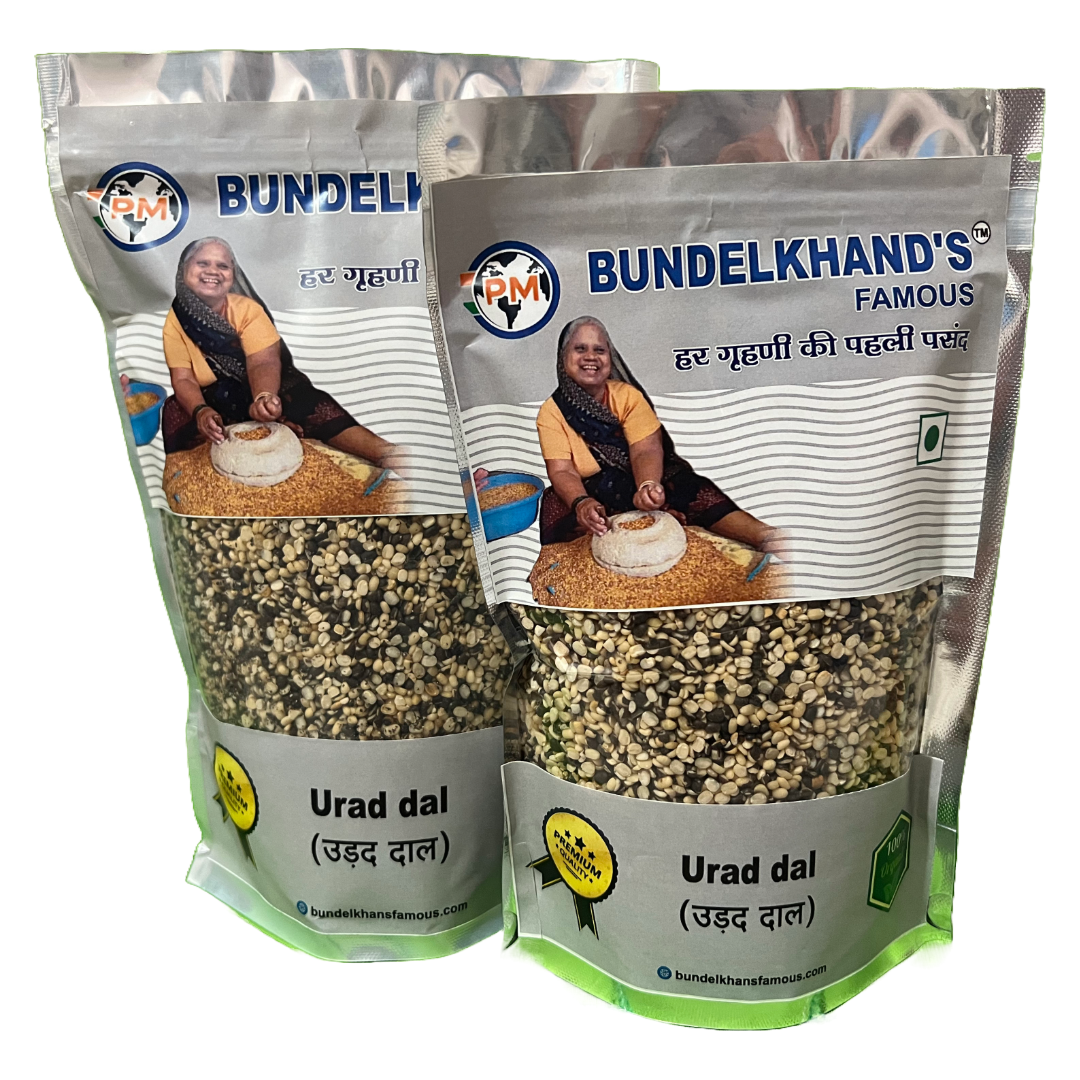
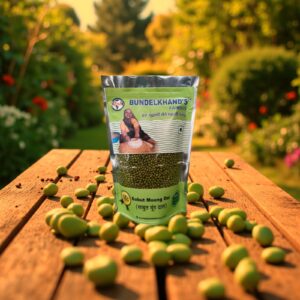
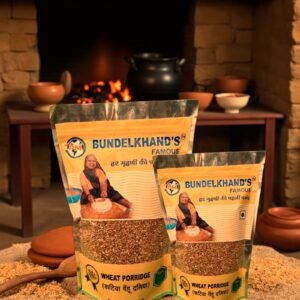

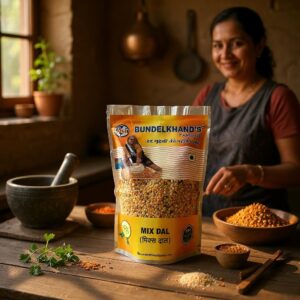
Pihu –
khao to jano
change your destiny –
I am extremely inspired along with your writing skills as neatly as with the format on your blog. Is this a paid subject or did you customize it yourself? Either way stay up the nice high quality writing, it is uncommon to look a nice weblog like this one today!